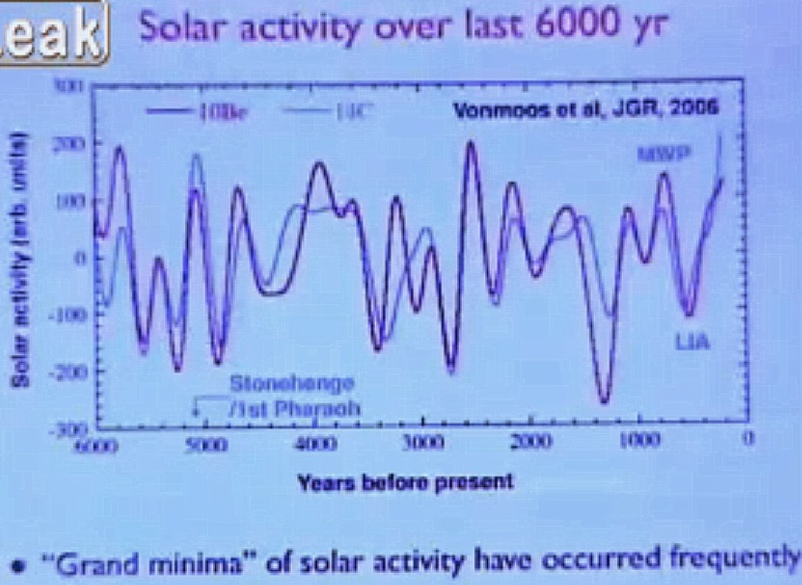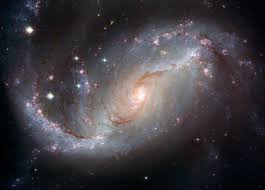
Is science on the right track
Web Master -
Climate -
Causes
So what causes our climate to change? There are many factors that have an effect on it. The Earth’s orbit determines how much heat we receive from the sun. If we were the only planet in the solar system our orbit would be constant, but there are other planets rotating around the sun and from time to time some are closer to us and at other times they are further away. Our orbit is determined by gravitational forces acting upon the earth, the greatest of which is that of the sun. However, as other planets come closer to the earth they exert a greater gravitational attraction and pull the earth slightly off course. Venus pulls us closer to the sun, while the other planets tend to pull us away from the sun. All these affects are of a cyclic nature and are reflected in the cyclic nature of our climate changes.
Some other changes have a much longer cycle, such as the slow precession of the angle of tilt the earth presents to the sun. This has a period of about 25,000 years, but will still have an effect on our climate.
The main contender in the state of our climate is the sun, itself. This is the supplier of heat which governs our climate. Now when we look at the sun, preferably through a dark glass to prevent damaging our eyes, we see a uniform shining disk. However, when photographed using different bands of light, we see a turbulent mass of boiling liquid. The heat in the sun causes gigantic convection currents in the body of the sun which bubble to the surface like boiling mud. Much of this can be seen as sun spots which, themselves, have a cycle of about eleven years from maximum activity to the next maximum. In between, the sun spots become less until a minimum is reached before rising to a maximum again.
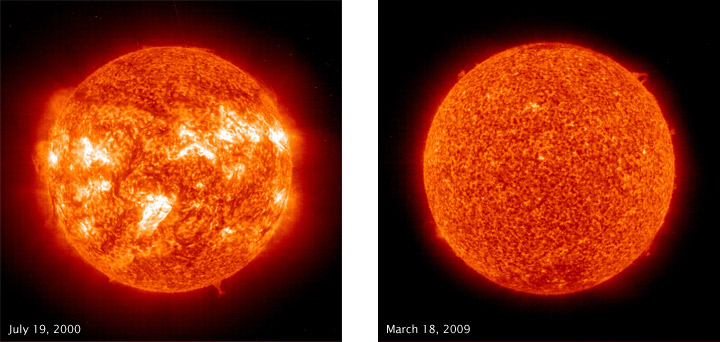
However, these maximum sun spot events are not all of the same magnitude. These also go through a cycle where the peaks grow to a maximum and then subside to a minimum before returning to a maximum again.
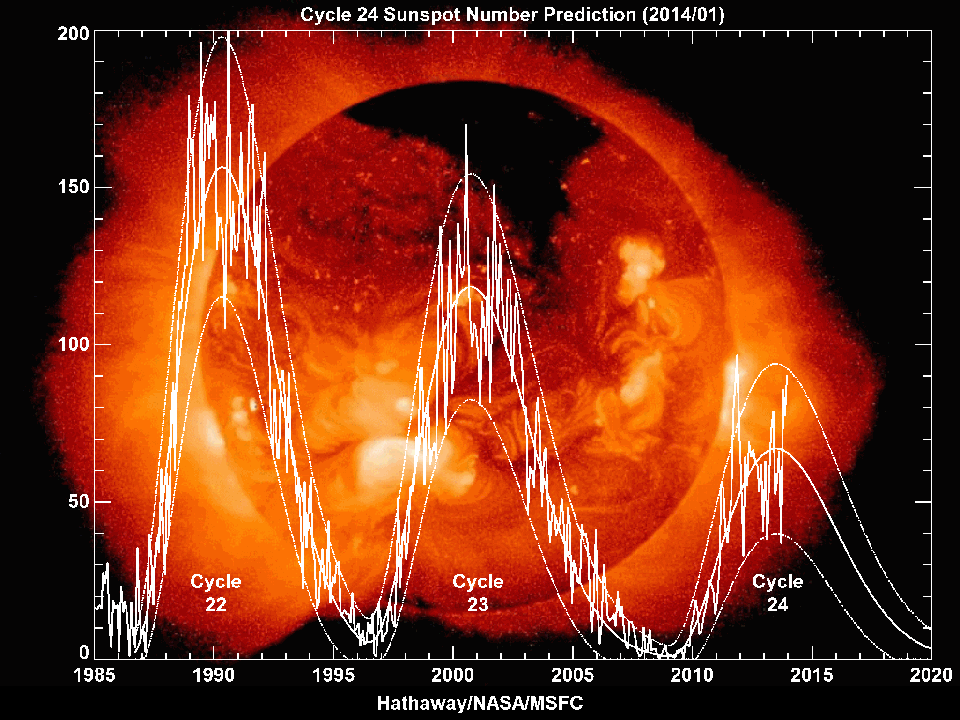
If we look at the historical record of global temperatures and combine these with the sun spot cycles we can see how the sun is responsible for all the climatic variations that we have encountered. The ‘Little Ice Age’ of the seventeenth century is a key in this.
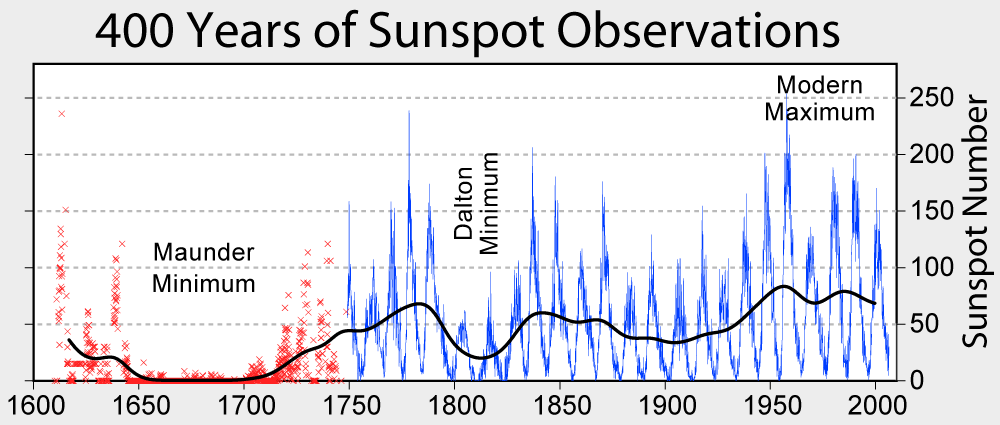
The Maunder Minimum produced the ‘Little Ice Age’ in the second half of the seventeenth century when the Thames froze over each winter. This was a time when several solar cycles coincided to produce a minimum solar output which lasted for about 50 years. There have been other minima such as the Dalton Minimum in the early 1800’s and a lesser one around 1900 and it would appear that we are heading for one of these minima. This will take us back into what we think of as normal weather with cold winters and hot summers. The next Dalton minimum probably won’t appear for another 200 years with the next Maunder Minimum in about 350 years. This is just conjecture from the curves so far, but whatever the long term prediction, it is fairly certain that things will get cooler from now on.
The following curve shows how the earth’s temperature has varied over a wide time range.
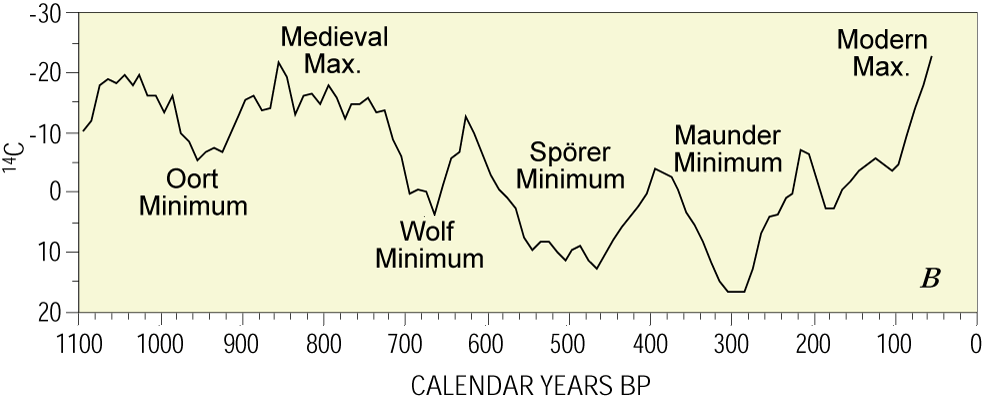
The warm and cold periods tie in quite closely with the historical records.
The record can actually be traced further back into antiquity with warm and cold periods coinciding with known historical records.
